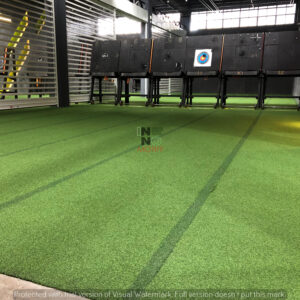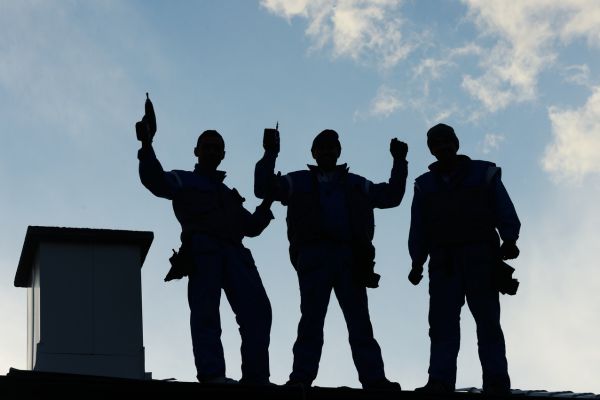In the bustling cities and serene parks of the Philippines, the need for accessible public spaces is undeniable. From individuals with disabilities to families with young children, everyone deserves the opportunity to enjoy the beauty of outdoor environments. However, achieving accessibility in landscaping can be a challenge. In this blog post, we’ll explore how artificial grass is revolutionizing landscaping in the Philippines, making public areas more accessible for all.
Understanding Accessibility in Public Areas
Accessibility goes beyond physical structures; it encompasses the inclusivity of environments for all individuals, regardless of their abilities. In the Philippines, uneven terrain, narrow pathways, and lack of ramps often pose barriers to accessibility in public spaces, limiting the mobility of individuals with disabilities. These challenges not only hinder their participation in community activities but also perpetuate social exclusion.
The Rise of Artificial Grass in Landscaping
Enter artificial grass – a versatile solution that is transforming the landscape design industry worldwide. Unlike natural grass, artificial grass requires minimal maintenance and upkeep, making it an ideal choice for high-traffic areas in public spaces. Its uniform surface provides a level playing field for all, paving the way for greater accessibility in landscaping projects.
Benefits of Artificial Grass for Accessibility
Artificial grass offers numerous benefits for improving accessibility in public areas. Its smooth surface provides a stable foundation for wheelchair users and individuals with mobility aids to navigate with ease. Unlike natural grass, artificial grass remains lush and green year-round, eliminating the need for mowing, watering, and fertilizing. This low-maintenance solution ensures that public areas remain accessible and inviting for all members of the community.
Artificial Grass Implementation in Philippine Public Areas
Artificial grass has gained popularity in landscaping projects across the Philippines. From urban parks to playgrounds and sports facilities, artificial grass is being used to create inclusive environments that cater to diverse needs. For example, the transformation of a concrete plaza into a vibrant green space with artificial grass has revitalized the area, making it more accessible and inviting for residents and visitors alike.
Considerations and Challenges
While artificial grass offers numerous benefits for improving accessibility, there are also considerations and challenges to be mindful of. Cost, maintenance, and environmental impact are important factors to consider when implementing artificial grass in public areas. However, with proper planning and management, these challenges can be overcome, ensuring the long-term sustainability of landscaping projects.
Takeaway
Artificial grass is not just a landscaping solution; it’s a catalyst for change in creating accessible public spaces for all in the Philippines. By embracing artificial grass in landscaping projects, we can break down barriers and foster inclusivity in our communities. Let’s continue to prioritize accessibility in urban development and ensure that everyone has the opportunity to enjoy the beauty of our public areas.
Experience the unparalleled convenience and aesthetic appeal of artificial grass Philippines with Inno + Motiff Corporation. As a trusted leader in the industry, we’re dedicated to providing top-notch solutions tailored to your specific needs. Say goodbye to the constant upkeep of natural grass and hello to a lush, green lawn that remains pristine all year round. With Inno + Motiff Corporation, you not only get superior quality artificial grass but also expert installation services that ensure a flawless finish. Trust us to transform your outdoor space effortlessly into a vibrant oasis of relaxation and beauty, backed by years of expertise and a commitment to excellence.











